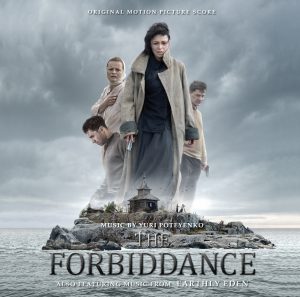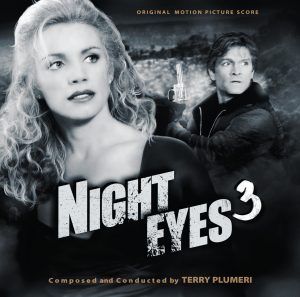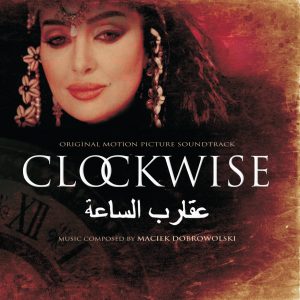Description
“Sobibor” Original Motion Picture Score
Limited Edition of 100 copies
Label: KMRCD 039
Film Date: 2018
Album Date: 2019
Tracks: 22
Time: 54″35
Directed by and starring Konstantin Khabenskiy as war hero Aleksandr Pechersky, Sobibor is based on true events in World War II. On 14 October 1943, the death camp in the Polish village of Sobibor saw the most successful underground resistance uprising of World War II. About half of the estimated 600 inmates at the camp managed to escape and though a majority of them were eventually recaptured and executed, about 50-70 people managed to flee for good. The cast for Sobibor is rounded out by actresses Mariya Kozhevnikova and Michalina Olszanska, while Felice Jankell plays the role of love interest Luca, while Christopher Lambert plays against type as Pechersky’s nemesis, SS-Oberscharführer Karl Frenzel.
Sobibor marks the feature film debut of composer Kuzma Bodrov. Born in the town of Osh in 1980, Bodrov is a member of the Laboratory of the Scenic Director Dmitri Krimov, with whom he collaborates permanently and has premiered his first opera, “H.M. Mixed Media” in October 2011. In the same year, he was invited as a composer to the World Youth Day – Madrid 2011, chaired by SS Benedict XVI, becoming Resident Composer of the Symphony Orchestra and JMJ Choir since then. As the associate professor of Professor Alexander Tchaikovsky at the Moscow State Conservatory, he teaches polyphony, harmony, musical forms, orchestration, and reduction.
Bodrov’s music constantly balances between finding the beauty of humanity and showcasing the atrocities of the death camps. There are three cues (“The Path to the Unknown”, “Execution”, “The Train of the Dead”) which deviate from the classical, thematically-rich symphonic score – these are written for three sequences which unabashedly depict war atrocities. Yet for all these atrocities, there are cues that shine a light for humanity. For instance, the heart-wrenching violin solo in “The Race for a Life” underscores a brutal chariot race, while “The Gas Chamber” and “Runaway to Eternity” utilize a choir. From the “Prelude” to the end credits piece, it’s one of the few contemporary scores where the cues build upon each other with such incredible musical architecture that the music deserves to (and should) be heard in its entirety.





